Blog
March Financial Markets Overview
Stock Market PerformanceIn March, major U.S. stock indexes experienced notable declines. The S&P 500 decreased by 5.75%, the Nasdaq Composite fell by 8.20%, and the Dow Jones Industrial Average was...
Read more
February 2025 Market and Economy Insights
U.S. Stock Indexes Take a February DipFebruary 2025 witnessed a shift in momentum for major U.S. equity indexes. The S&P 500 saw a decline of 1.42%, while the Nasdaq 100 and the Dow Jones...
Read more
Financial Market Insights: January 2025 Recap
Month at a GlanceJanuary 2025 set a notable tone for the year with resilience and a dash of volatility across financial markets. This month was characterized by a keen focus on executive actions by...
Read more
Stock Market Volatility and Its Lessons for Long-Term Investors
The sudden burst of stock market volatility in early August caught many by surprise, but what was equally surprising was how quickly it subsided. For investors, especially those focused on long...
Read more
July Market Highlights: Tech and AI Drive Growth
June was a positive month for diversified, long-term equity investors, with the recent rally continuing amid hopes for rate cuts. Various economic data reports throughout the month indicated signs...
Read more
June Market Review: Strong Performances and Key Developments
S&P 500: Rally Resumption The major U.S. equity market indexes resumed their impressive rallies in May, with the S&P 500 leading the charge. This broadest measure of...
Read more
May Update: Earnings, Sticky Inflation Fuel Markets
April witnessed a pullback in major U.S. equity markets after a robust March, marked by escalating Treasury yields and a focus on corporate earnings alongside the Federal Reserve's policy meeting....
Read more
Goldilocks Labor Market, Inflation and the FED
Last week, major U.S. equity indexes witnessed modest gains, buoyed by an employment report that hit the mark. By the week's end, the S&P 500 inched up by 0.21%, the Nasdaq 100 increased by 0.54%,...
Read more
Market Update: A Hawkish Fed and Economic Indicators
Last week saw a mix of performances across major U.S. stock indexes. The S&P 500 experienced a modest rise of 0.82%, the Nasdaq 100 surged by 1.68%, while the Dow Jones Industrial Average faced a...
Read more
Market Update: Inflation Data and Federal Reserve Decisions Fuel Optimism
Last week, U.S. stock market indexes responded positively to the latest inflation data and the Federal Reserve's decision, marking significant gains across the board. The S&P 500 climbed 2.58%, the...
Read more
April Market Update: Stability Amid Speculation
April presented a mostly calm landscape for U.S. equity markets, characterized by uneven trading but ultimately leading to modest gains across major indexes. Throughout the month, discussions among...
Read more
FED Rate Hikes, Inflation, and Market Sentiment
This is a subtitle for your new post Recent weeks have seen the financial markets navigate through an eventful period, especially within the banking sector. This update aims...
Read more
The key to making money in stocks is not to get scared out of them.
— Peter Lynch













